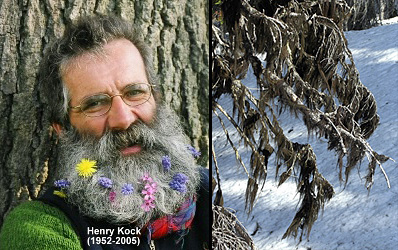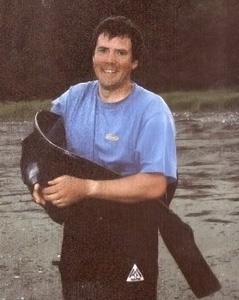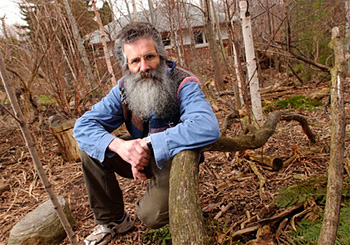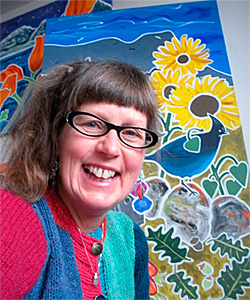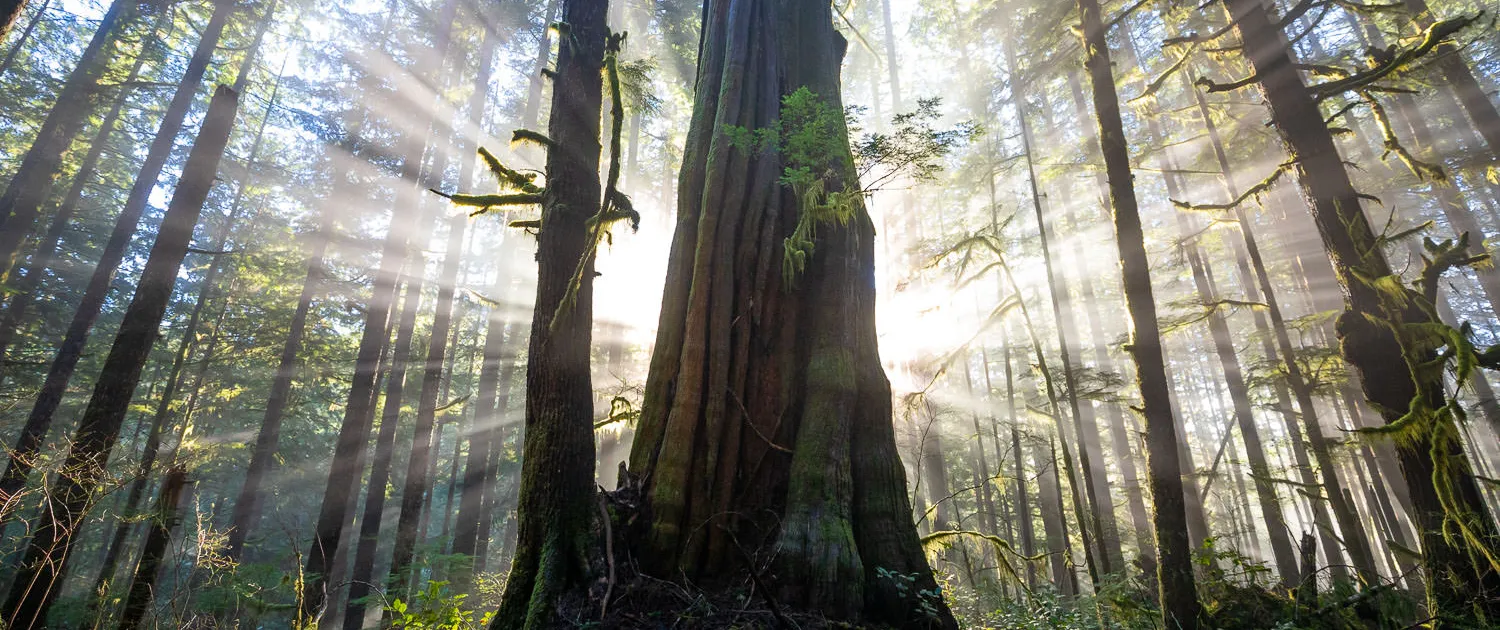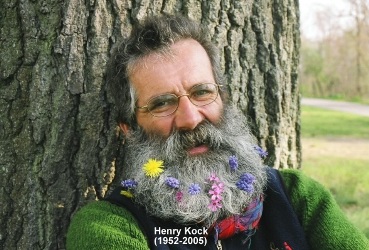Mr. Arboretum lives on
It’s only fitting Henry Kock will be remembered with a new species of lichen.
Not only was the Sarnia native a renowned horticulturalist, his beard — a bushy mass of grey — looked oddly like the new species, known as the horsehair lichen, that he will be named after.
“At the time, I hadn’t paid much attention to what the lichen actually looked like, so I bought it sight unseen,” his widow Anne Hansen laughed Wednesday. “Then people said to me, ‘Oh my God, that lichen looks like Henry’s beard.'”
Hansen recently won the naming rights to one of two newly discovered lichen species in an online fundraising auction. Trevor Goward, curator of lichens at the Beaty Biodiversity Museum at the University of British Columbia, donated the naming rights to support the Ancient Forest Alliance.
Goward was inspired to make the donation in part by a viewing of Google Maps.
“I was looking at this part of British Columbia and I saw it looked like a battlefield,” he said Friday. “We’ve gone so far with the logging here that the area is out of proportion. There’s very little old growth left and this (lichen) is a species that does best in an old growth forest.”
When Hansen, who has since moved to British Columbia, heard of the auction, she wasn’t initially motivated to buy the naming rights. Her attitude, however, changed when she heard a CBC interview with Goward.
She remembers the curator suggesting the auction may not be as popular as expected because society is not collectively interested in nature.
“When he said that, it really struck a deep chord in me,” Hansen said. “I just thought Henry’s whole life was dedicated to getting people interested in nature. He was always kind of battling the collective apathy towards nature, so it took me a few seconds to decide that I’m going to name that lichen after Henry.”
Kock, dubbed with the nickname Mr. Arboretum, worked at the University of Guelph for 20 years. He crisscrossed across southwestern Ontario, speaking about habitat restoration, plant propagation and shelterbelt agriculture.
The Sarnia native had an early love for nature. Growing up, his family ran Huronview Nurseries outside of Bright’s Grove.
While Goward had never met Kock, who died from complications of a brain tumor in 2005, he is pleased that a champion of the environment will be remembered in the new species name.
“I thought more likely we’d get some very wealthy person who has made a living accumulating money, but it didn’t work out that way,” Goward said. “It’s just ordinary people who have a very, very strong sense of how things should be and who have lost a loved one and want to see it recognized.”
The species of lichen will be called Bryoria kockiana.
“I just want to make everyone aware that I couldn’t be happier that this British Columbia lichen ended up named after a son of Sarnia,” Goward added.
Direct link to The Sarnia Obsever article: https://www.theobserver.ca/ArticleDisplay.aspx?e=3415802

